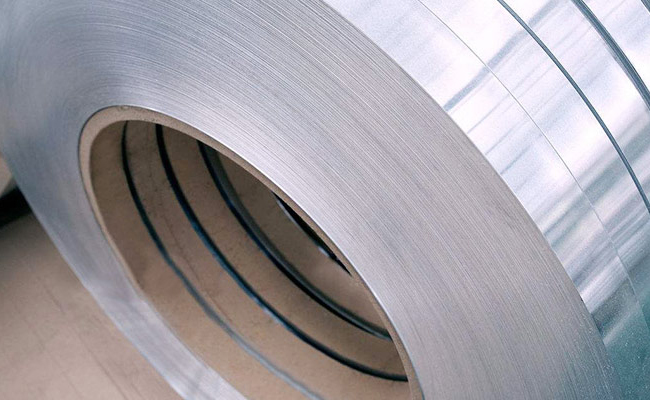medicinal aluminium strip
Aluminium strip is the strip obtained by pressing and rolling of aluminium ingot, and it is the deep-processing product of aluminium formed by cutting aluminium coil. According to the use, it can be divided into different brands, specifications and states. Aluminum strip tape has many uses, such as aluminium-plastic composite pipe, cable, optical cable, transformer, heater, shutter and so on.
According to the origin of the alloy contained in the aluminium strip, the aluminium strip and the aluminium sheet are also divided into 8 series. However, the most commonly used series are 1000, 3000, 5000 and 8000 series.
According to the different annealing state of the aluminium strip, the aluminium strip can be divided into full soft (o) semi-hard (H24) full hard (h18). At present, the most commonly used should belong to the full soft series, because the O state is easier to stretch and bend.
The main processing equipment of aluminium strip is the slicing unit, which can be divided into the required length and width according to the need. Of course, the strip processing equipment is universal, but also can be processed on copper coil, the products processed are called copper strips.
Classification of aluminum strips:
The categories of aluminium alloy strips are pure aluminium strips, transformer aluminium strips, superhard aluminium strips, all-soft aluminium strips, semi-hard aluminium strips and anti-rust aluminium strips.
Common application of medicinal aluminium strip
1. The density of medicinal aluminium strip is small. The density of pure aluminium is 2700kg/m3, which is about 1/3 of iron (the density of iron is 7800kg/m3).
2. The weight and strength of pure aluminium are not high. Although the strength of pure aluminium is not high, it can be doubled by cold working. Moreover, the strength of pure aluminium can be comparable to that of high-quality alloy steel by adding alloying elements and further strengthening by heat treatment.
3. Easy to process. Aluminum can be cast by any casting method. Aluminum has good plasticity and can be rolled into sheets and foils, drawn into pipes and wires, extruded into various profiles, and processed with various machine tools.
4. Corrosion resistance, the surface of aluminium and its alloys is easy to form a dense and solid oxide protective film. This protective film makes aluminium very resistant to atmospheric corrosion and water corrosion. Only under the intense action of halogen ions and alkali ions can it be destroyed. The corrosion resistance of aluminium alloy can be improved by adopting protective measures.
5. The conductivity and thermal conductivity of aluminium are better than that of silver, copper and gold. If calculated by mass conductivity, its conductivity is twice that of copper.
6. It has strong reflectivity. The reflectivity of polished surface of aluminium to white light is over 80%. Aluminum has good reflectivity to infrared, ultraviolet, electromagnetic and thermal radiation.
7. Non-magnetic, no spark generated by impact, sound absorption and nuclear radiation resistance.
8. The melting point of pure aluminium is 660 C and the thermal expansion coefficient is 68.1 *10-6m3/(m3.K).
Original source: https://www.aluminumstrip24.com/news/classification-and-application-of-medicinal-aluminium-strip.html
Tags: aluminium flat strip,
Previous: aluminium flat strip
Next: aluminum strip


